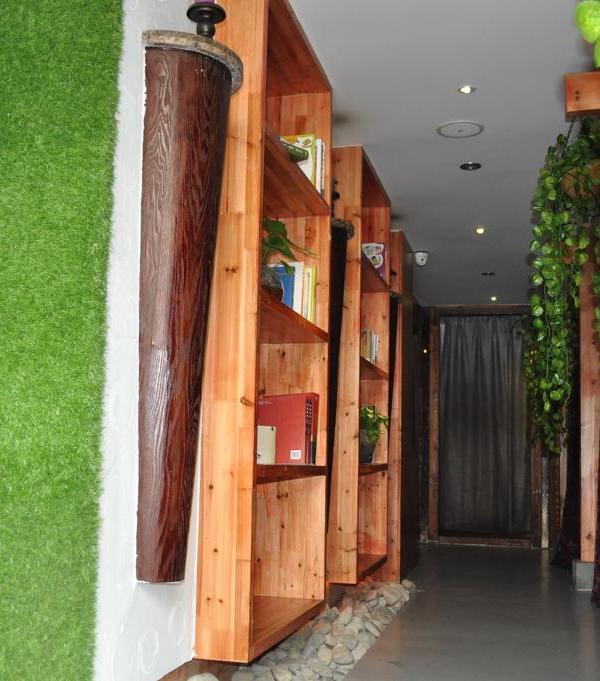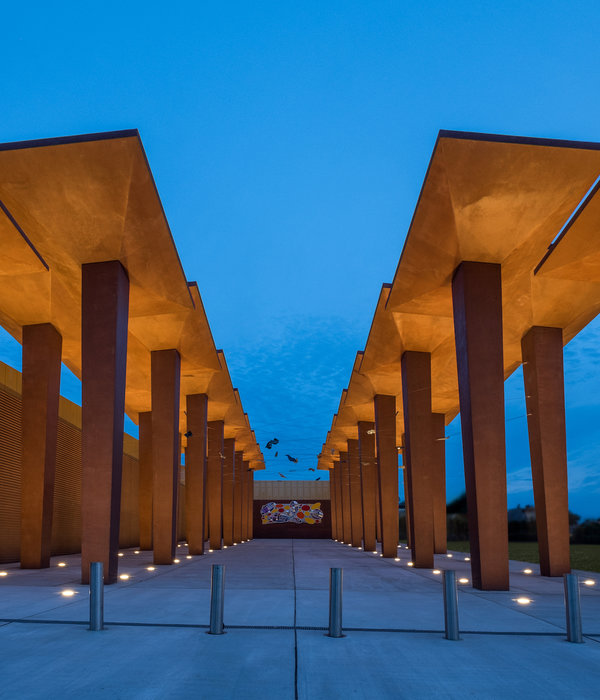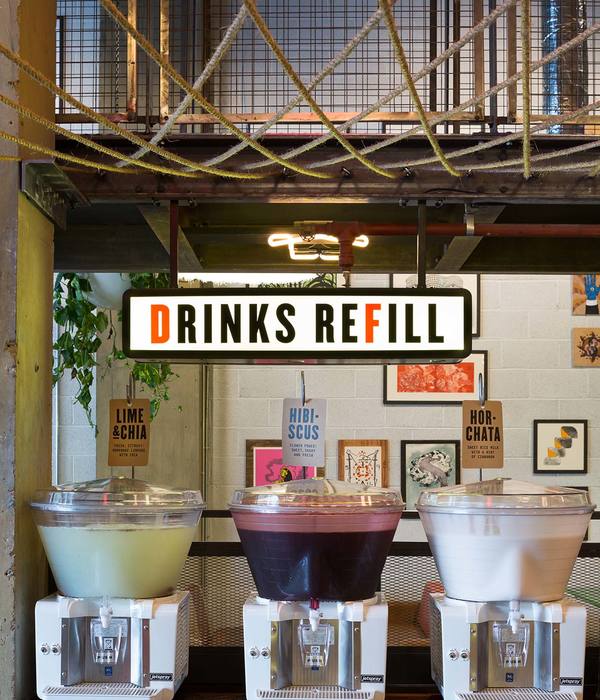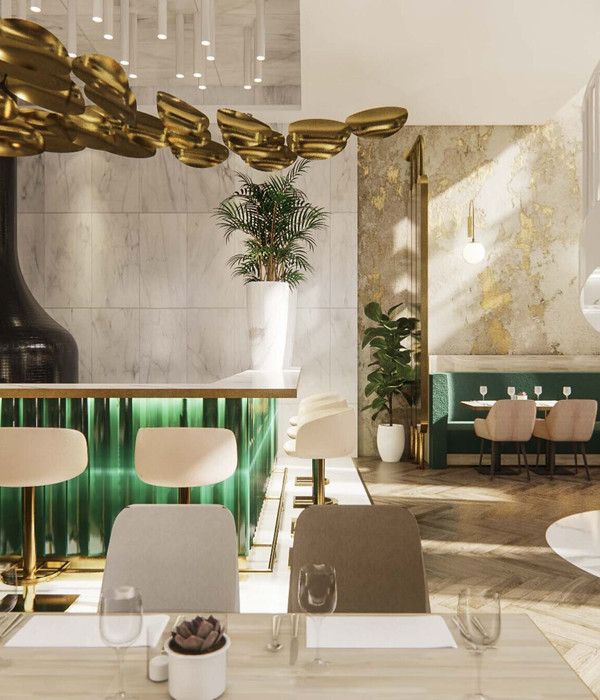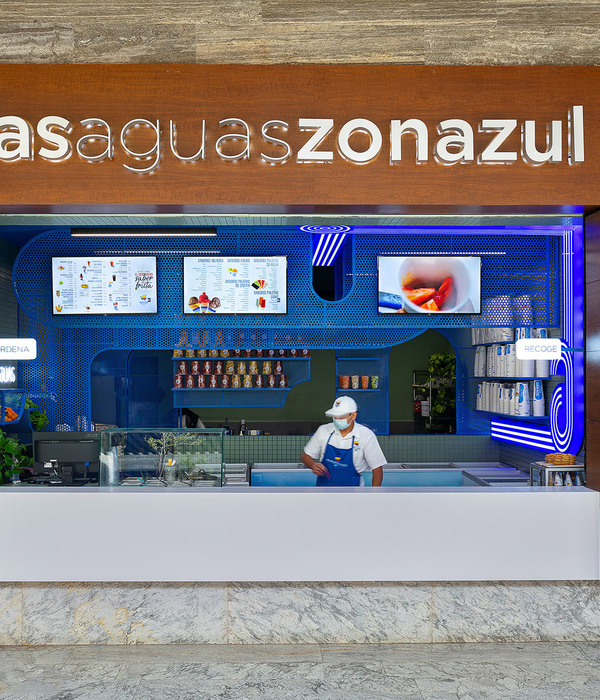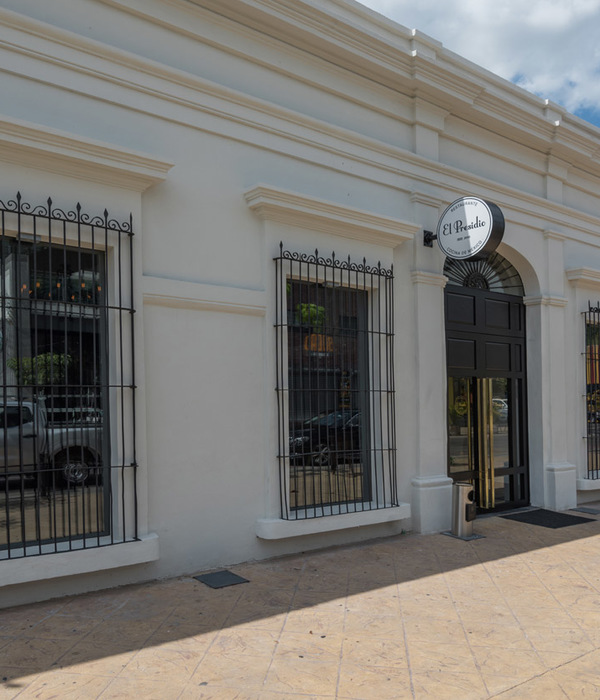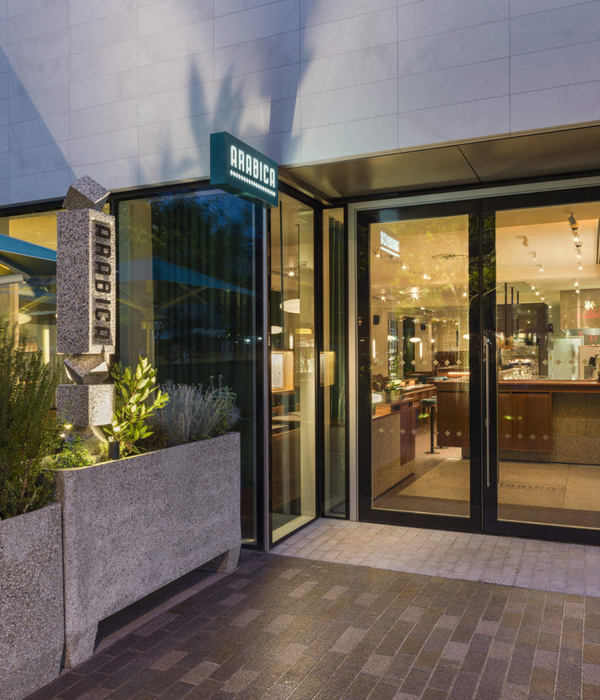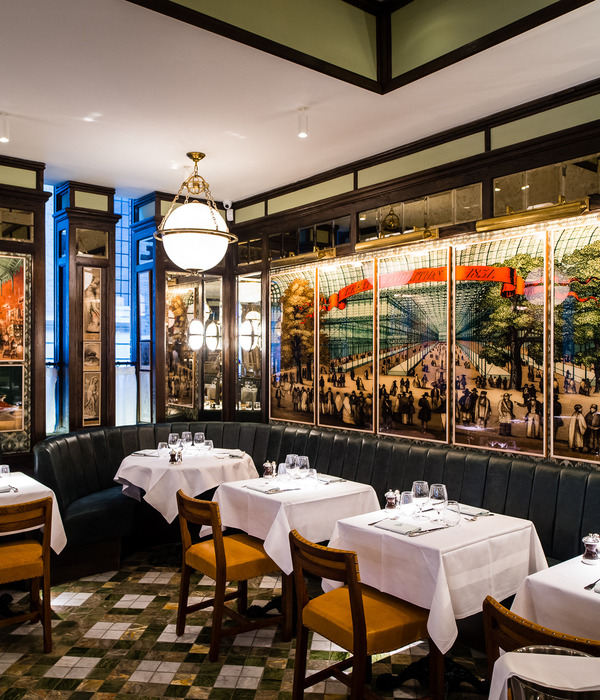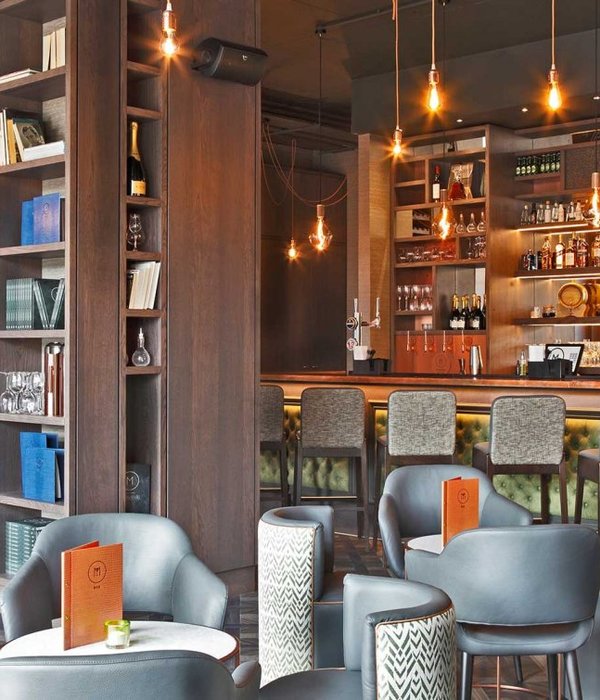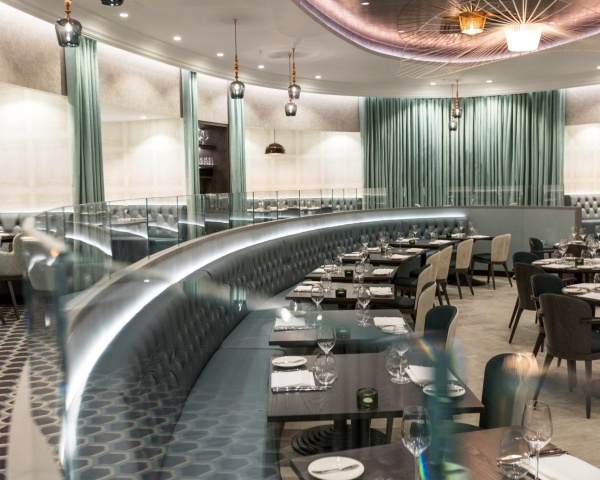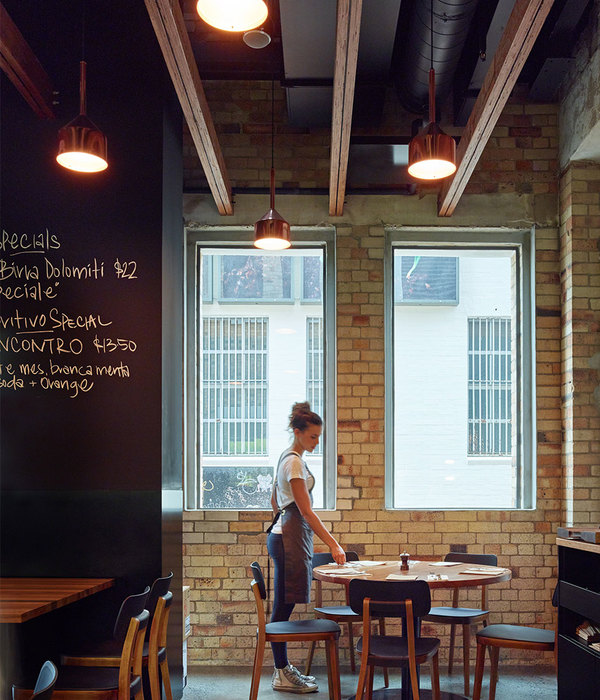Architects:Wheeler Kearns Architects
Area :7336 ft²
Year :2021
Photographs :Tom Harris, Steve Hall
Landscape :McKay Landscape Architects, Mimi McKay - McKay Landscape Architects
Project Architect : Michael Kendall, AIA
Principal : Dan Wheeler, FAIA
Building Engineering Systems : James Bess
Program / Use / Building Function : Multifunctional Commercial, Farm, Restaurant
City : Three Oaks
Country : United States
Established in 2006, Granor Farm, the first certified organic vegetable farm in Southwest Michigan has once again expanded its site and offerings to its local community. The newly constructed Granor Greenhouse achieves the farm’s goals of creating an inventively programmed and conditioned space for food education, production, and citizenry under one roof. With agrarian economy and utility in mind, the prefabricated 7,336-sf glass structure immerses farm staff, chefs, Farmcamp youth, visitors, and diners into a working vegetable farm while delightfully engaging all of their five senses.
The building was designed to “fit in” to the existing farm and vernacular typologies. Galvanized steel, mill-finished aluminum, and doors painted “Farmall red”, visually tie it to the other buildings on the farm.
Harvesting the sun with its broadside facing south, the building utilizes the Venlo greenhouse system to organize its diverse program into three zones with associated glazing strategies. The central zone, designed for maximum program flexibility, uses clear glass to provide unencumbered views out to the fields and sky above. In the eastern and western zones, which include space for the production of seedlings/germination, translucent glass provides the most diffuse, ideal growing environment.
In the center zone, the ever-present kitchen supports daily food and bakery production made from ingredients grown on the farm. It also anchors Granor’s highly successful dining program that incorporates movable furniture over the polished concrete floor, allowing the space to easily transform from a production facility to a place for community and dining events.
Bookending the main social space, two Douglas Fir clad volumes provide strategic separation between the zones, housing the “mudroom”, washrooms, pantry, and office. The wood softens the cool finishes while screening the acoustic absorption that wraps the faces of the volumes. Overhead shades temper reverberation to make an acoustically comfortable social space.
Conditioning the greenhouse required an innovative heating and cooling approach. The greenhouse enclosure is equipped with automated, operable vents that naturally modulate the inside air temperature during temperate days. During winter, radiant hydronic piping within the floor introduces heat close to occupants while a Variable Refrigerant Flow (VRF) system adds additional heat from above. To mitigate condensation forming on the glass roof, radiant hydronic fin tubes run the length of the central zone under each valley. In summer, the VRF system, destratification fans, and overhead, retractable horizontal reflective shades manage heat gain from the sun to keep the central zone comfortable for its many uses.
Program flexibility and extensive use of glass posed challenges for lighting each space. Abundant daylight is tempered by the operable horizontal shades, and with the wood volumes punctuated with round “roof” openings, every space is lit by day by natural light. Evening dining created a different challenge. A grassy berm shields vehicular headlights from shining into the grounds. The approach is by footlight. Once inside, every element of the lighting strategy enhances the intimacy of the experience. A uniform grid of downlights with warm dimming specifically illuminates the horizontal surfaces of the space while minimizing reflections, allowing views out into the night.
▼项目更多图片
{{item.text_origin}}


